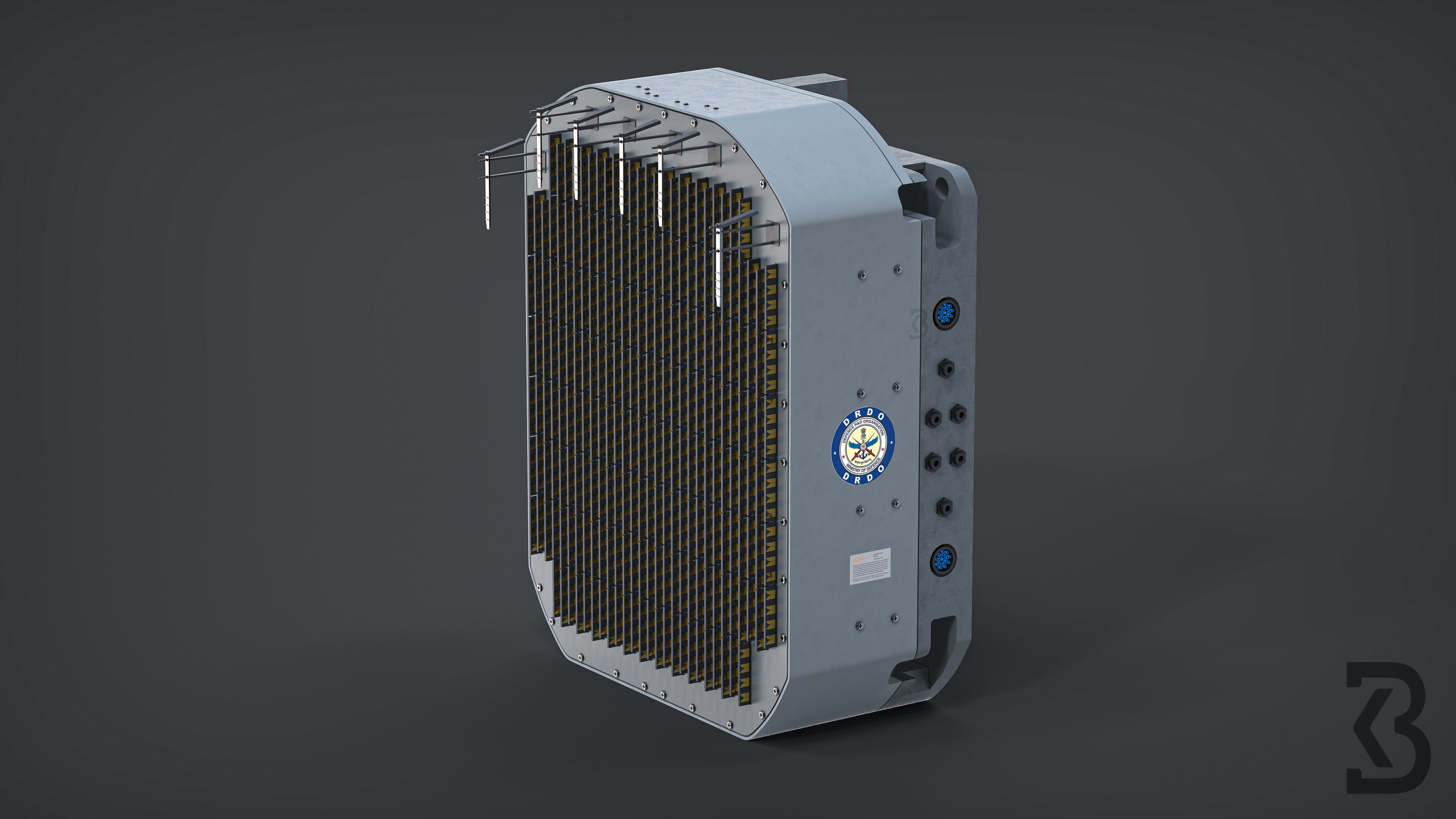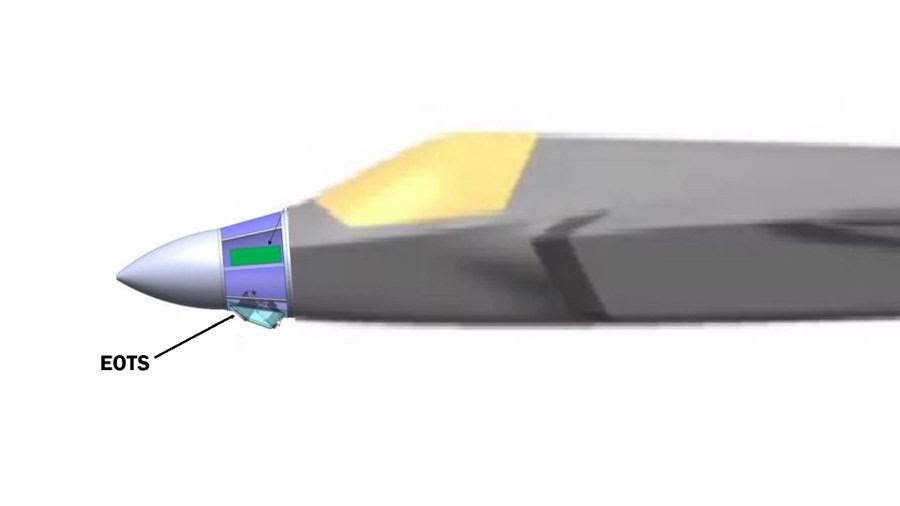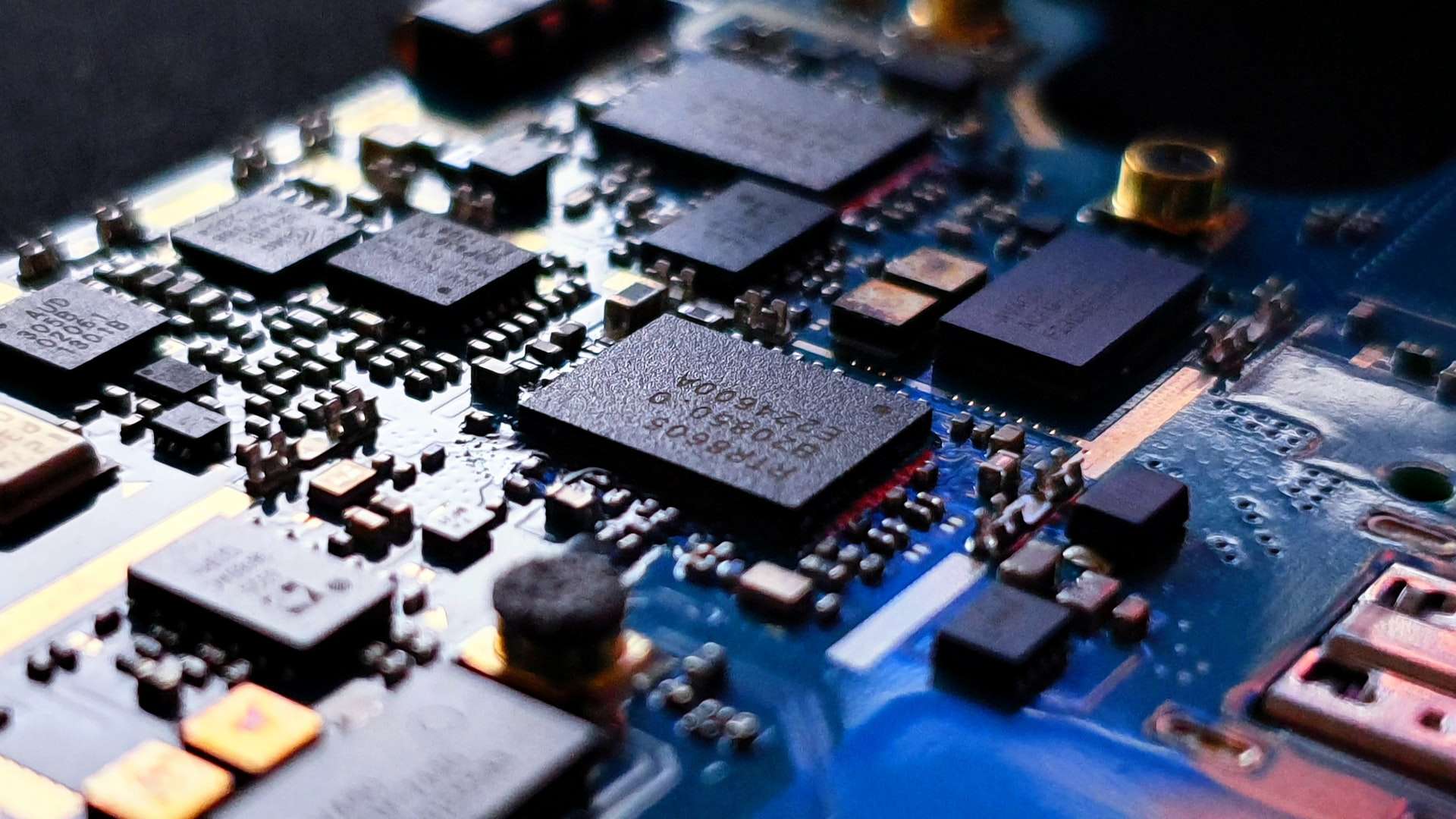On 26 August 2022, the Defence Research & Development Organization (DRDO) formally completed transfer of technology (ToT) for the production of the Uttam active electronically scanned array (AESA) radar to Hindustan Aeronautics Limited (HAL) in the presence of the senior leadership of the Indian Air Force (IAF). The Uttam, developed by DRDO’s Electronics and Radar Development Establishment (LRDE), Bengaluru, will equip the IAF’s Tejas Mk1A fighters that will begin to enter service from 2024. This development has taken place subsequent to the successful completion of the Uttam’s airborne test programme.

via Kuntal Biswas
The indigenous Uttam AESA has been fully flight-tested for all air to air, air to ground, weather & terrain avoidance/terrain following modes. Following the successful completion of the baseline Uttam project, fire control radars (FCRs) derived from it are being progressed for the Tejas Mk1A, Tejas Mk2 and Advanced Medium Combat Aircraft Aircraft (AMCA) as a combined ‘mission mode’ programme given the commonality between them.
On the initiative of the IAF’s senior leadership, the development of a scaled-up version of the Uttam to equip the Su-30MKI fighter fleet has also begun. The IAF, pleased with the development and performance of the Uttam, will depute some Su-30 MKI units for the development, integration, flight-testing and certification of said radar. ‘The Su-30 is our frontline fighter and we want our own AESA radar on it’, a senior government source told DDR.

Screengrab of AMCA Design Review model with FCR, via Manish Prasad (cleared for release)
As such, the lion’s share of development funding will be provided by the IAF for this effort, with DRDO providing the rest. Development of this scaled-up Uttam derivative i.e. for the Su-30 MKI will require 36-48 months, with flight testing estimated to begin after 24 months. Airborne testing is an extremely rigorous process that entails a variety of check points even if the same components are flying in other radar units on different aircraft.
Coming back to the Tejas programme, the Uttam derivative that will equip the Tejas Mk2 will be quite similar to the one designed for the Tejas Mk1A. Now, as far as the version that will equip the AMCA is concerned, while indigenous X-Band Transmit-Receive multi-modules (TRMMs) for the same are already under production, a full-scale prototype of the radar itself is yet to be produced. It is noteworthy that the business jet used for testing the Uttam baseline is being considered inadequate for serving as a test-bed for the AMCA-version and work is underway to modify a larger aircraft to serve as a new ‘hack’ for this purpose.

Airbus A319 procured by DRDO to be modified into a Flying Test Bed (FTB)
Read more:

via Kuntal Biswas
The indigenous Uttam AESA has been fully flight-tested for all air to air, air to ground, weather & terrain avoidance/terrain following modes. Following the successful completion of the baseline Uttam project, fire control radars (FCRs) derived from it are being progressed for the Tejas Mk1A, Tejas Mk2 and Advanced Medium Combat Aircraft Aircraft (AMCA) as a combined ‘mission mode’ programme given the commonality between them.
On the initiative of the IAF’s senior leadership, the development of a scaled-up version of the Uttam to equip the Su-30MKI fighter fleet has also begun. The IAF, pleased with the development and performance of the Uttam, will depute some Su-30 MKI units for the development, integration, flight-testing and certification of said radar. ‘The Su-30 is our frontline fighter and we want our own AESA radar on it’, a senior government source told DDR.
Screengrab of AMCA Design Review model with FCR, via Manish Prasad (cleared for release)
As such, the lion’s share of development funding will be provided by the IAF for this effort, with DRDO providing the rest. Development of this scaled-up Uttam derivative i.e. for the Su-30 MKI will require 36-48 months, with flight testing estimated to begin after 24 months. Airborne testing is an extremely rigorous process that entails a variety of check points even if the same components are flying in other radar units on different aircraft.
Coming back to the Tejas programme, the Uttam derivative that will equip the Tejas Mk2 will be quite similar to the one designed for the Tejas Mk1A. Now, as far as the version that will equip the AMCA is concerned, while indigenous X-Band Transmit-Receive multi-modules (TRMMs) for the same are already under production, a full-scale prototype of the radar itself is yet to be produced. It is noteworthy that the business jet used for testing the Uttam baseline is being considered inadequate for serving as a test-bed for the AMCA-version and work is underway to modify a larger aircraft to serve as a new ‘hack’ for this purpose.
Airbus A319 procured by DRDO to be modified into a Flying Test Bed (FTB)
Read more:








